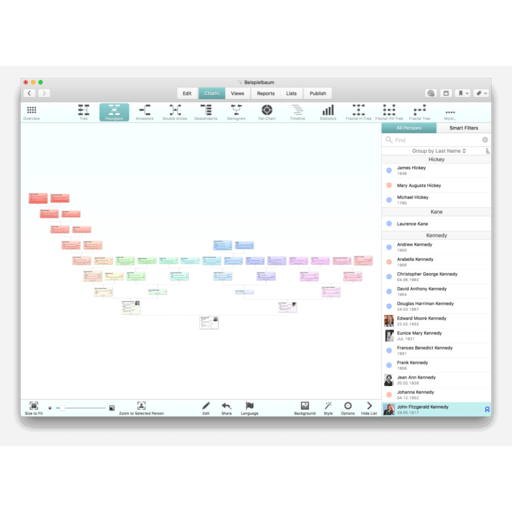

In the months leading up to the global pandemic, the company’s forward EBITDA expectations were negative. Consider the multiples of one biotech company. Market reactions during the initial phase of the COVID-19 pandemic provide a case in point. But unless these occasions are regular and not one-offs, they tell us little to nothing about a company’s prospects to create value over the longer term. or that physical fitness chains would have lower earnings during pandemic lockdowns. We’d expect, for example, that some retailers would sell more at times when people were “just stocking up before the hoarders get here,” 2 Gokhan Dogan and John Sterman, “‘I’m not hoarding, I’m just stocking up before the hoarders get here.’: Behavioral causes of phantom ordering in supply chains,” Journal of Operations Management, 2015, Volumes 39–40.

Likewise, any future comparison between how a company performed during a crisis and how its consensus earnings appear after a crisis can be wildly inapt. But during short periods of turbulent change, the current or 12-month forward multiples can lead to nonsense results the short term (informed by current, highly atypical performance) tells investors or managers little about what cash flow will be after broad turbulence has passed. It’s easiest to compare multiples when conditions hold steady over time: each 12- or 24-month earnings forecast is an iterative prediction of a company’s earnings over a very long horizon. Shocks to an industry or the broader market In this article, we’ll look at five of the most common situations where multiples can provide an incomplete or distorted picture. In some cases, multiples can be particularly misleading. 1 Marc Goedhart, Vartika Gupta, Peeyush Karnani, and Werner Rehm, “ The times for multiples: Why value creation always comes first,” McKinsey, March 17, 2023. But investment or financial decisions should never be made based primarily, let alone solely, on multiples. When multiples are used properly and the correct peer groups are selected, they can provide a quick estimation, serve as a reality check against a traditional discounted cash flow model, and slot into common shorthand. Managers and finance practitioners should always think twice about multiples. For more than 60 years, Bob Dylan’s “Don’t Think Twice, It’s All Right” has endured as a brilliant song and a terrible principle for valuation-especially when it comes to multiples.


 0 kommentar(er)
0 kommentar(er)
